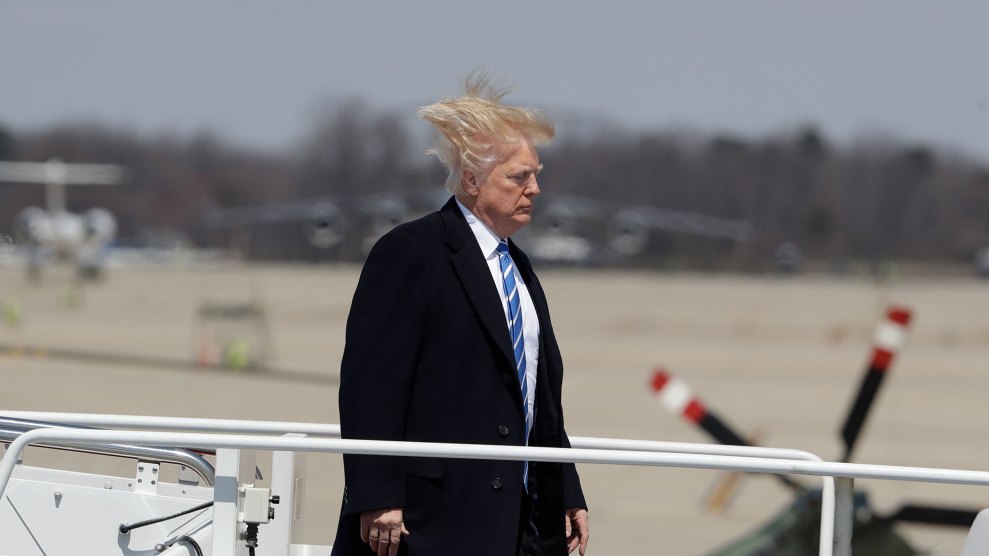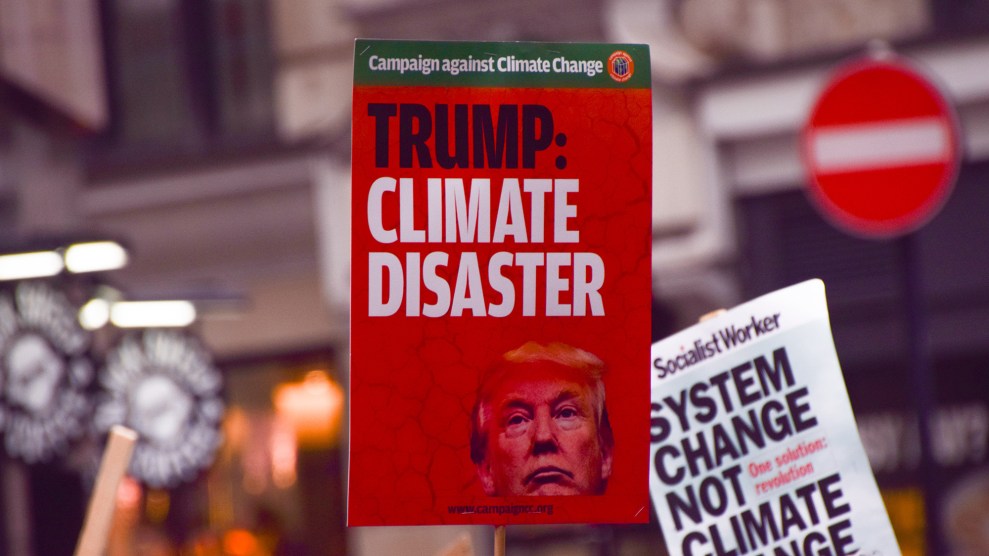BP is continuing to use a toxic oil dispersant in the Gulf, despite the fact that the Environmental Protection Agency directed the company to find a less-dangerous chemical to use on the spill. The company said yesterday that it could not identify a better alternative.
Environmental advocates cheered Thursday when the EPA demanded that BP ditch the dirty dispersant it has been spreading in the Gulf. EPA gave the company 24 hours to find a “less toxic alternative” and 72 hours to begin using it. But BP chief operating officer Doug Suttles told reporters Friday afternoon that the company couldn’t identify a new product and continues to use Corexit, its brand of choice.
Corexit, said Suttles, “is the most widely used dispersant in the world for this type of activity.” It also happens to be manufactured by a company, Nalco, with close ties to the oil industry. The Times-Picayune in New Orleans has more:
BP spokesman Scott Dean said Friday that BP had replied with a letter “that outlines our findings that none of the alternative products on the EPA’s National Contingency Plan Product Schedule list meets all three criteria specified in yesterday’s directive for availability, toxicity and effectiveness.”
Dean noted that “Corexit is an EPA pre-approved, effective, low-toxicity dispersant that is readily available, and we continue to use it.”
He did not directly address widely broadcast news reports that more than 100,000 gallons of an alternative dispersant chemical call Sea-Brat 4 was stockpiled near Houston and available for application.
The EPA has a list of other approved dispersants that could be used in the Gulf, many of which are less toxic than Corexit. BP has already dumped at least 670,000 gallons of Corexit at the spill site.
Will the EPA force BP to switch dispersants? That remains unclear. On Friday, EPA spokesperson Adora Andy indicated to ABC News that the agency has not outright barred BP from using their brand of choice. “It’s not that Corexit is banned,” she said. “It’s not that they have to stop using it because they’re using it right now. But it’s just that they need to switch over.”
Will the EPA take charge and force BP to change? Sure doesn’t seem like the oil giant is going to do it without some more forceful demands.
UPDATE: Here’s BP’s letter responding to the EPA directive.














